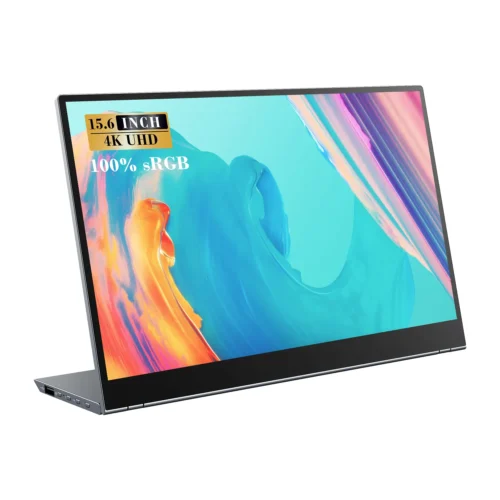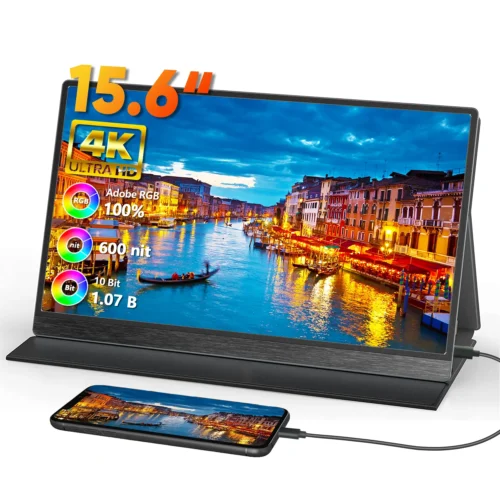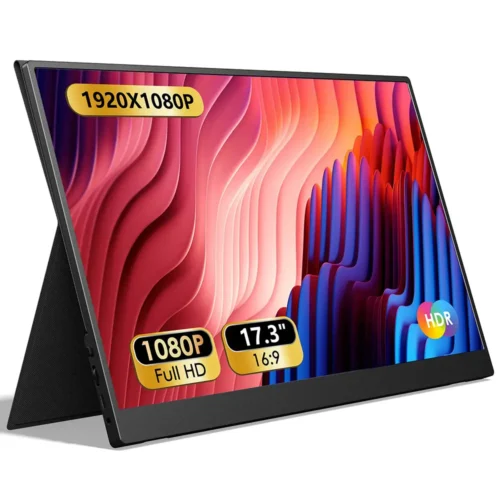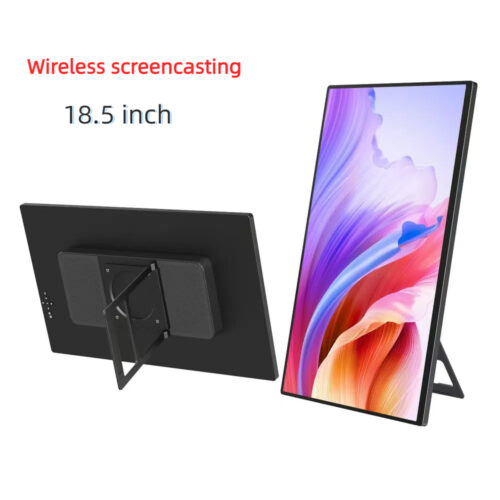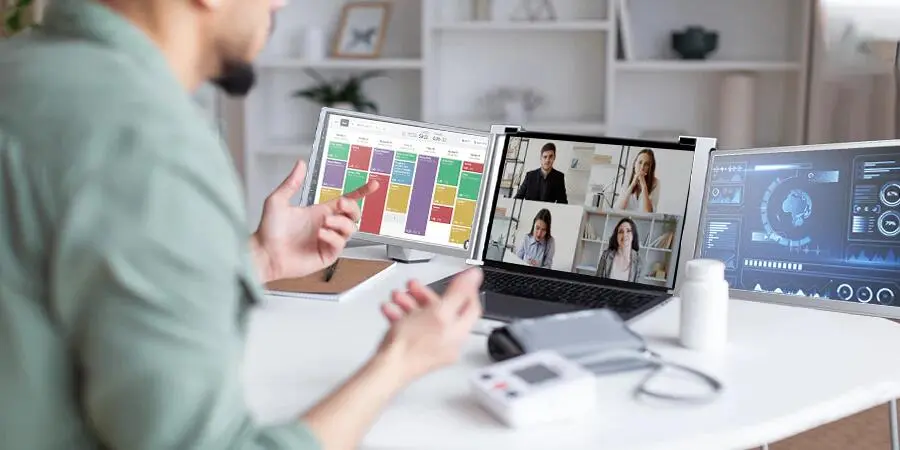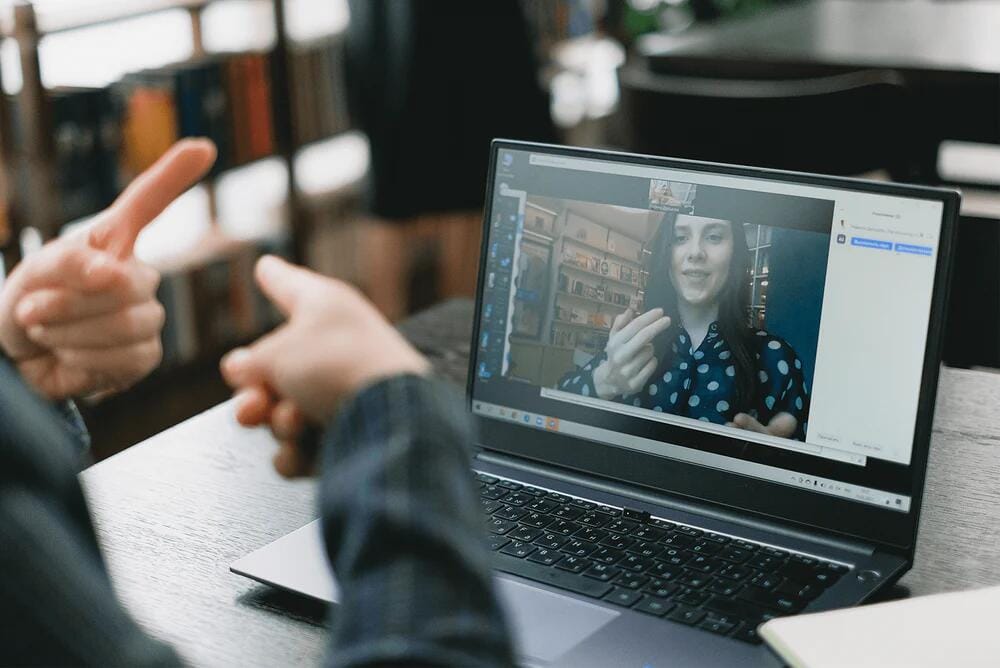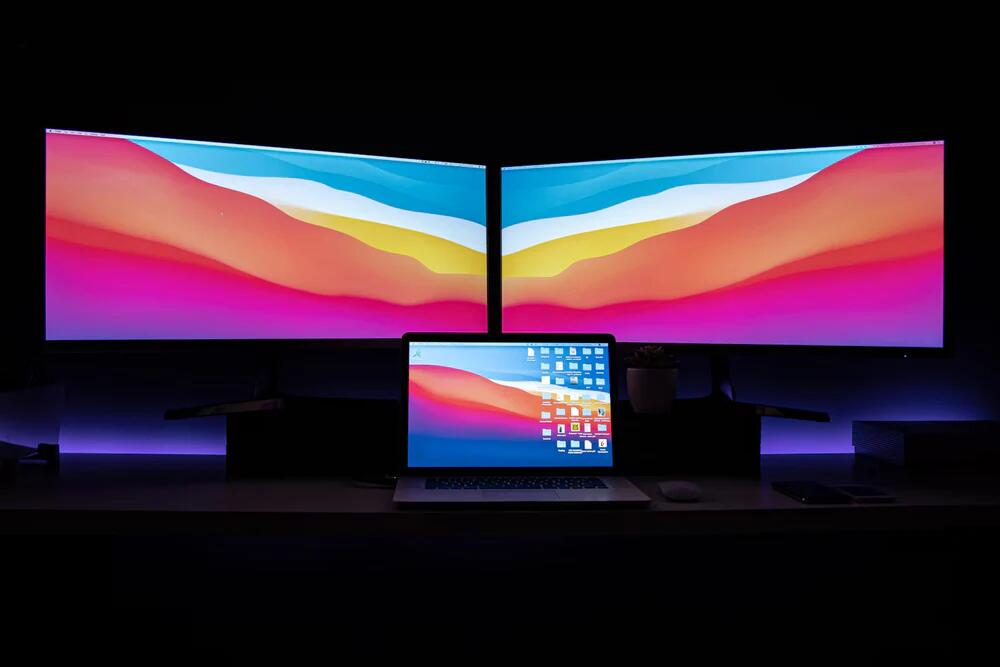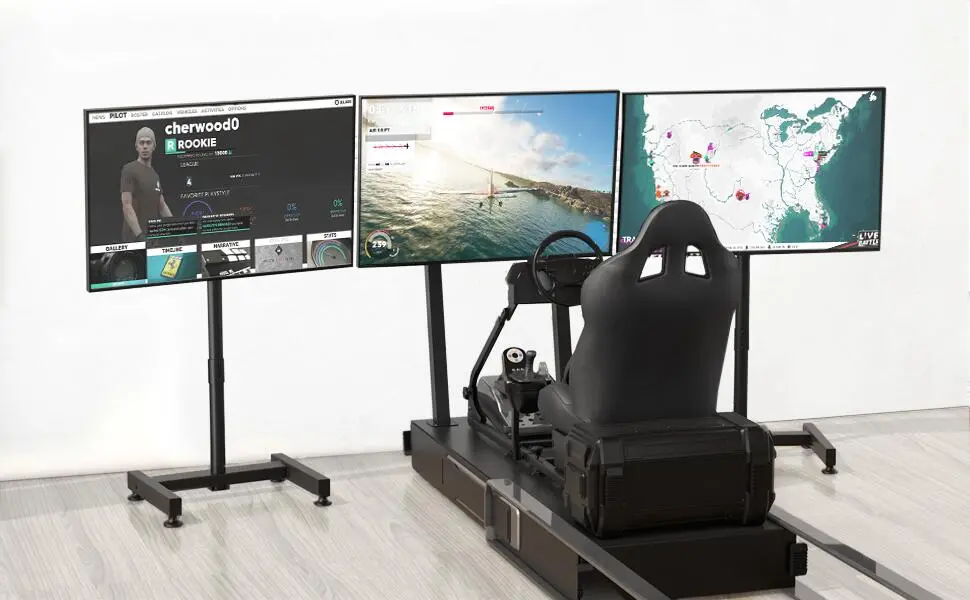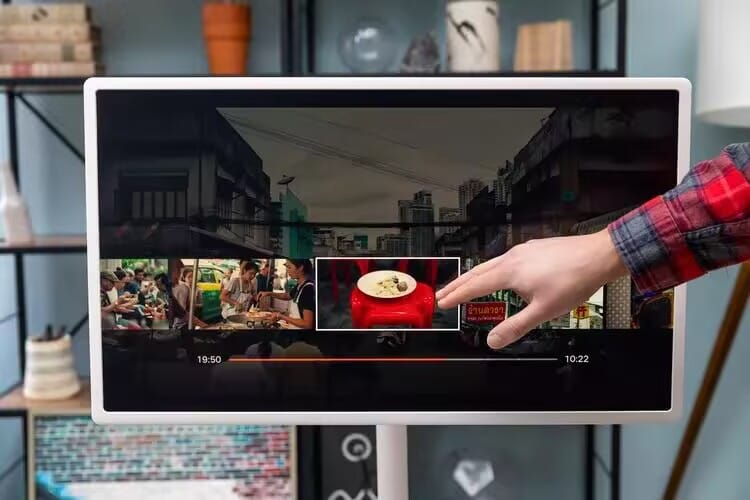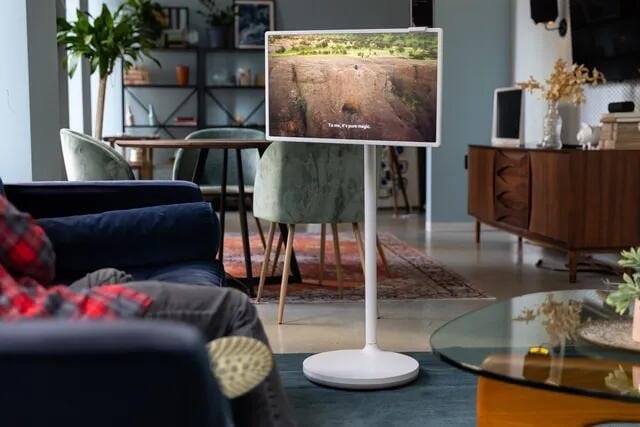Work’s gone flexible—home, office, coffee shops, anywhere. But small laptop screens? They’re restrictive. A work portable monitor flips that on its head, bringing space to work without keeping you at a desk. Use it with a dual screen portable monitor configuration for double the productivity, or grab a portable monitor with battery to go completely cord-free. These apps aren’t bells and whistles—they’re productivity game-changers. Here’s how they can fit into your day and what to consider when choosing one.
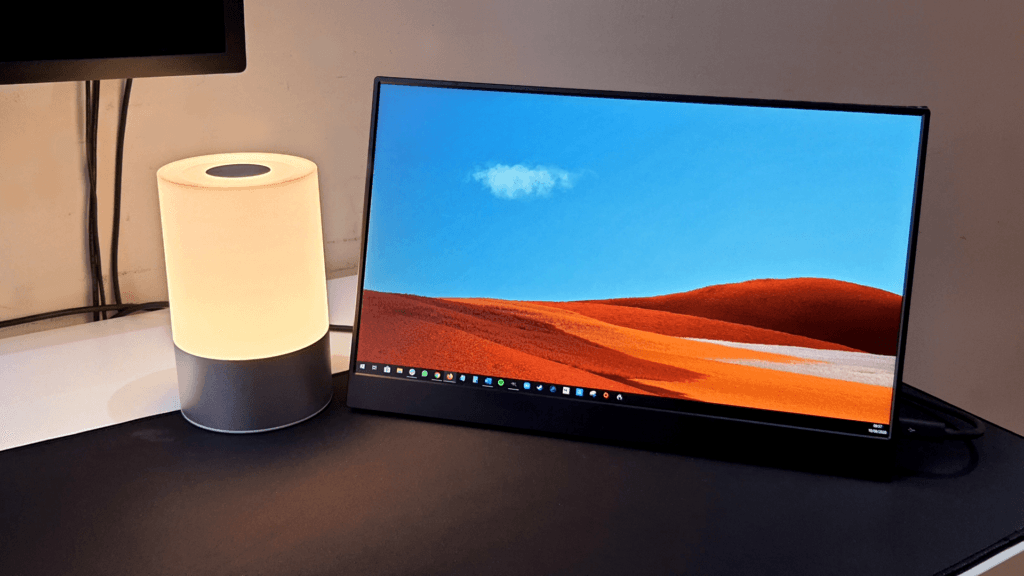
The Productivity Boost You Didn’t Know You Needed
A typical workday. Emails piling up, spreadsheets sprawling, docs to review—all crammed on a 14-inch laptop display. Switching tabs kills momentum; squinting at details wastes time. A portable monitor for work steps in with a second screen—15 inches, maybe 17—hooked up via USB-C or HDMI. Suddenly, you’ve got room to breathe. One screen for Slack, another for your project. No more juggling.
In comparison to a full-sized desktop monitor, it’s night and day. Those large screens require space, power, a dedicated place. Portable ones? Light, thin, powered by your laptop most of the time. Throw it in a bag, set it up anywhere—home office, client meeting, airport lounge. It’s not about replacing your setup; it’s about making work adapt to your life, not the other way around.
Doubling Down with a Dual Screen Portable Monitor
One screen’s good—two’s better. A dual screen portable monitor takes it up a notch. Think two 15.6-inch displays, side by side, running off a single laptop. Coders keep their IDE on one, docs on the other. Designers split tools and canvas—Photoshop flows smoother that way. Even basic tasks like email and research feel slicker when you’re not flipping between windows.
Setup is not a hassle. Most of the dual-screen models connect via USB-C—plug in, set display settings, done. Some double up into a single unit, some are two separate panels. Weight adds up—around 3 pounds total—but still beats lugging a monitor and tower. Your device will need to be capable of dual outputs—most newer laptops are, through USB-C or a hub. Downside? Double the power draw. Nevertheless, for multitaskers, it’s a no-brainer.
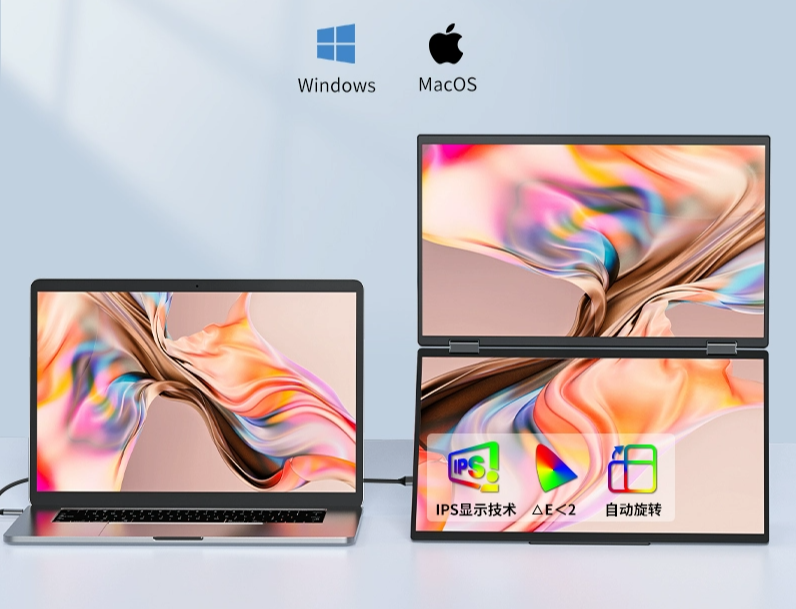
Cutting the Cord with a Battery-Powered Portable Monitor
Power’s the thing holding back most portable monitors—a cord to your laptop or the wall. A battery-powered portable monitor liberates you. Internal rechargeable cells, typically 5000mAh or bigger, drive it 3-5 hours standalone. No battery pull on your laptop, no outlets to hunt down. Perfect for long flights, outdoor shows, or places cords are inaccessible.
Battery adds heft—anticipate 2 pounds rather than 1.5, maybe thickness too. Charge via USB-C, just like your phone—convenient, that. Resolution still 1080p on the majority, 60Hz refresh—fine for work, not overkill. Some have speakers or touch input, but independence of the big win. Survive an outage, finish a pitch on the go—liberty’s the draw here.
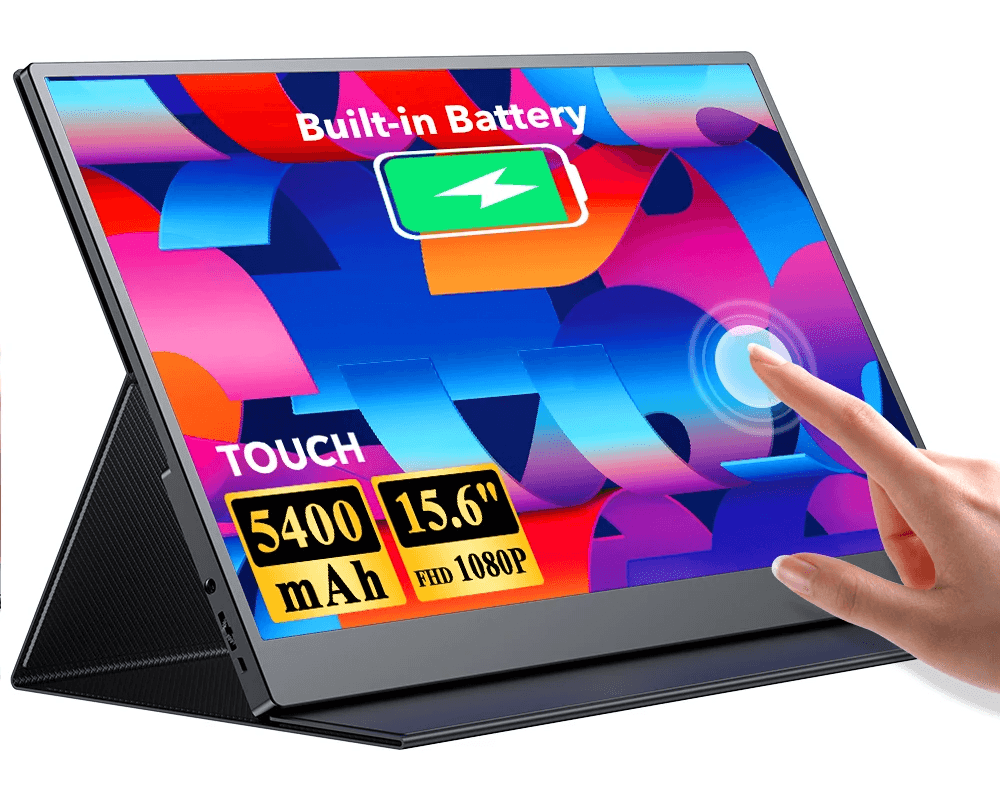
Selecting the Proper Fit for Your Workflow
Not every monitor’s equal for work.
- Size hits first—15.6 inches is the sweet spot, big enough without hogging space. Smaller 13-inch ones save weight; 17-inch models feel luxe but push portability’s edge.
- Resolution is usually 1080p—crisp for docs, charts, video calls. 4K exists, but it’s overkill unless you’re editing high-res visuals, and it taxes your system more.
- Connection is the most important thing. USB-C is reigning supreme these days—video, charging, one cable. An office portable monitor should connect directly to your laptop—look for DisplayPort Alt Mode support. HDMI is fine, but requires its own power—messier.
- Brights matter—250 nits inside, 300+ for brighter spaces. IPS panels better than TN—wider viewing angles, deeper color when presenting or creating.
- Battery life models require a USB-C charger—20W makes it easy. Lenovo and HP deliver. We at ONext also create work-capable models—1080p, USB-C, as light as they come—built for those who need reliability in mobility.
How It Plays Out in Real Life
Where’s the glamour, then?
- Office warriors use a movable screen for working to expand the desktop—email in one, Zoom in another.
- Remote set-ups are perfected—throw on a laptop riser and viola, an impossibly tiny work station everywhere.
- Number-crunchers split up spreadsheets—columns are no longer clipped off-screen.
- Writers have research sitting open, no tab rotation needed.
A two-screen portable monitor is suitable for heavier lifters.
- Video editors have side-by-side timelines and previews—less scrolling, more focus.
- Data analysts deal with dashboards—two screens cut the clutter.
- Even teachers use it—slides on one, notes on the other for online lectures.
A portable monitor with battery fits odd spots.
- Freelancers at cafés, no outlet? Covered.
- Field workers logging data outdoors—runs all day.
- Power goes out at home, and you’re still online.
Battery life’s the limit—recharge breaks interrupt—but it’s a small price for untethered work.
Setup and Tweaks
It’s easy to start.
- Plug in a USB-C cable—Windows installs it as “Display Settings,” macOS as “System Preferences.”
- Extend your desktop—most work is enhanced that way.
- Two screens on a portable monitor take two ports—set them aligned so your cursor goes right.
- Battery types can need a fast charge first—refer to the manual, usually a light shows full.
Cables can get you—low-quality ones flash. Spend a few dollars on a USB-C 3.1 cable—worth it. Stands are helpful—most covers fold into one, adjustable’s better. Power‘s your choice—laptop-powered conserves juice with a plugged-in charger; battery-powered run on their own but require recharging plans. Test it with your apps—Zoom, Excel, whatever—adjust resolution if it stutters.
Wrapping Up the Case
A laptop becomes a workhorse with an on-the-go monitor for work—more space, no burden. Go with a dual screen on-the-go monitor when projects stack up, or an on-the-go monitor with a battery for full freedom. It’s not high-tech—it’s intelligent working, wherever you are.
We at ONext produce these for exactly that reason—practical, portable, ready for your grind. Select one, plug in, and see your day go smoother.
15.6 Inch FHD 1080P Portable Displays USB C HDMI External Display for Laptop Second Monitor
15.6 Inch FHD 4K Portable Displays Screen Ultra-Slim IPS Display Use For Multiple Screen Laptop
15.6″ 4K External Display Travel Monitors Unleash Mobile Productivity With HDR And USB-C HDMI Connectivity
15.6″ Portable Dual Monitor Extender Foldable Dual Screen 1080P FHD IPS Portable Monitor for Laptop
17.3” USB Portable Monitor 1080P Full HD IPS, 60Hz, USB Type-C, Eye Care, HDMI Port, FSC Certified
ONext 18.5 inch Portable Laptop Monitor ,Wireless screencasting Laptop Monitors with Kickstand

